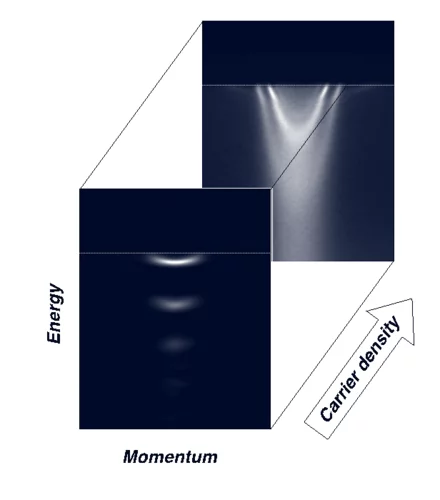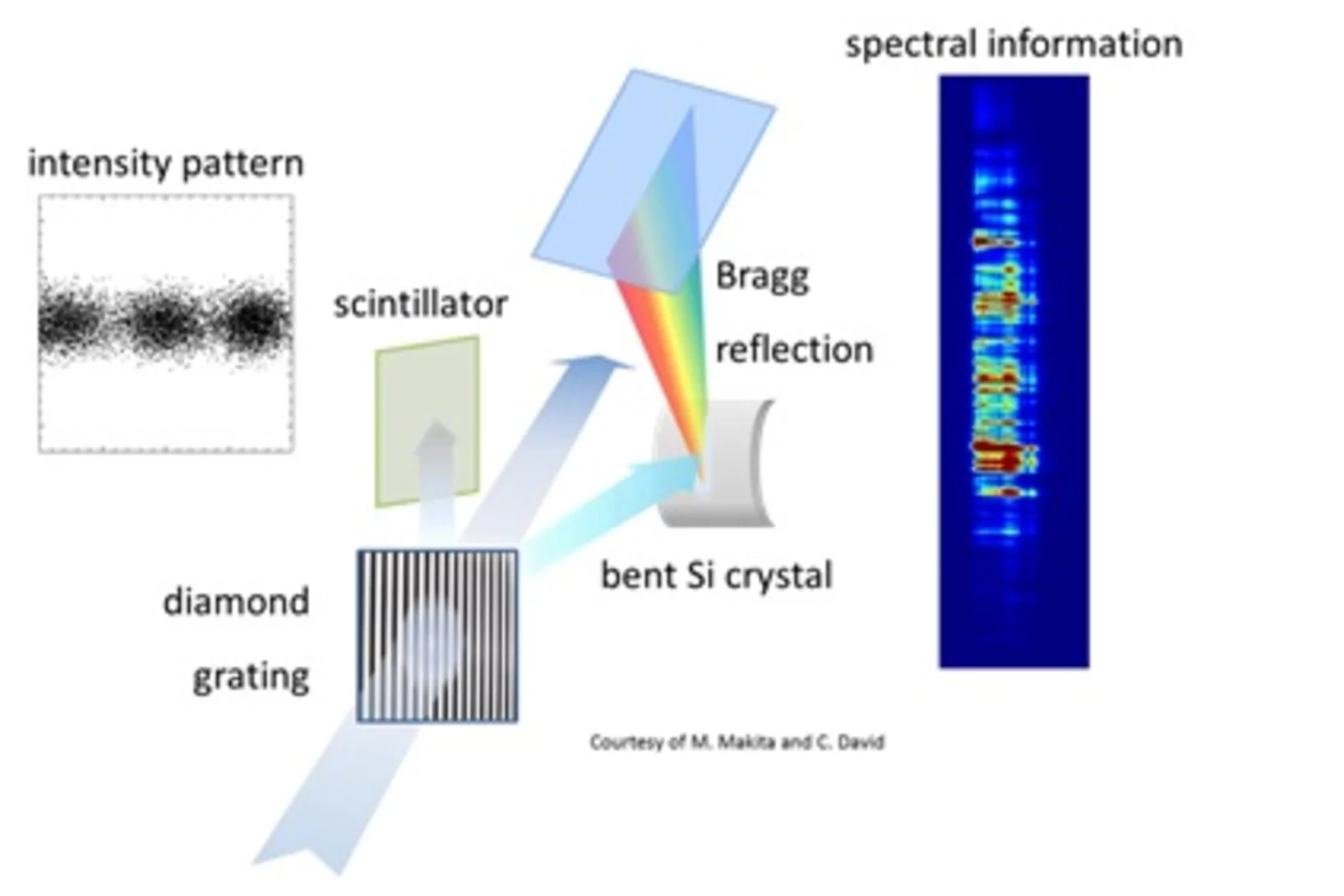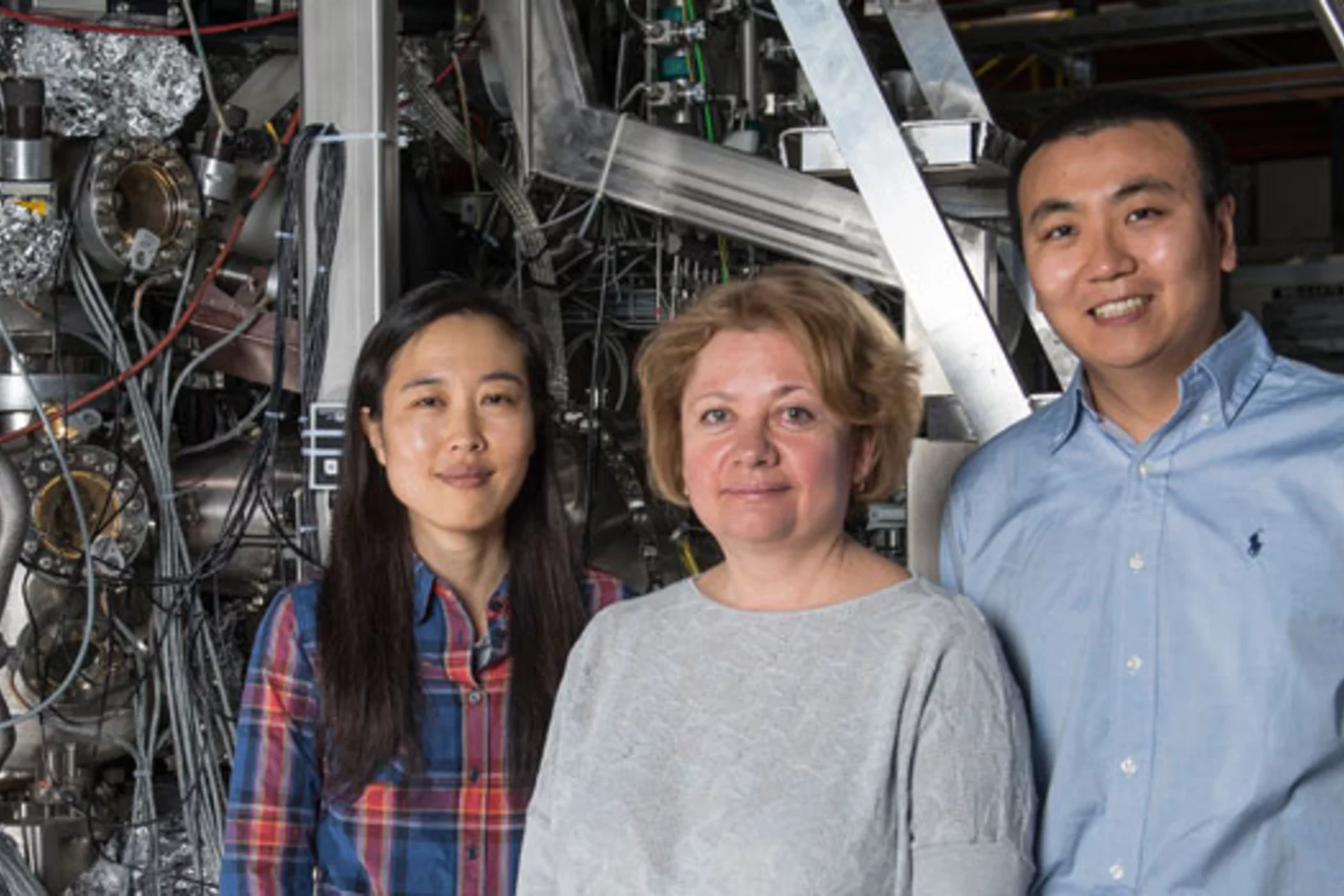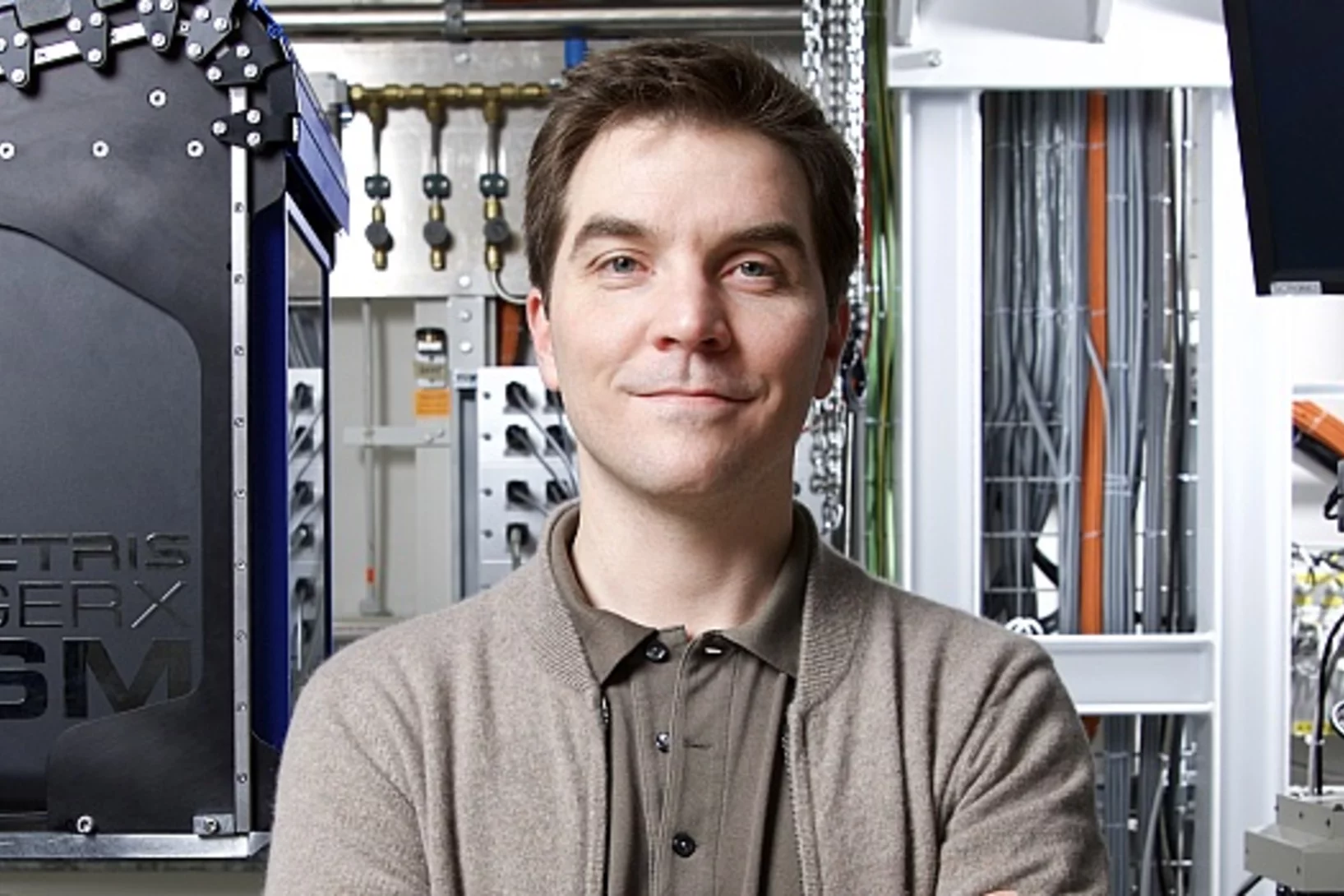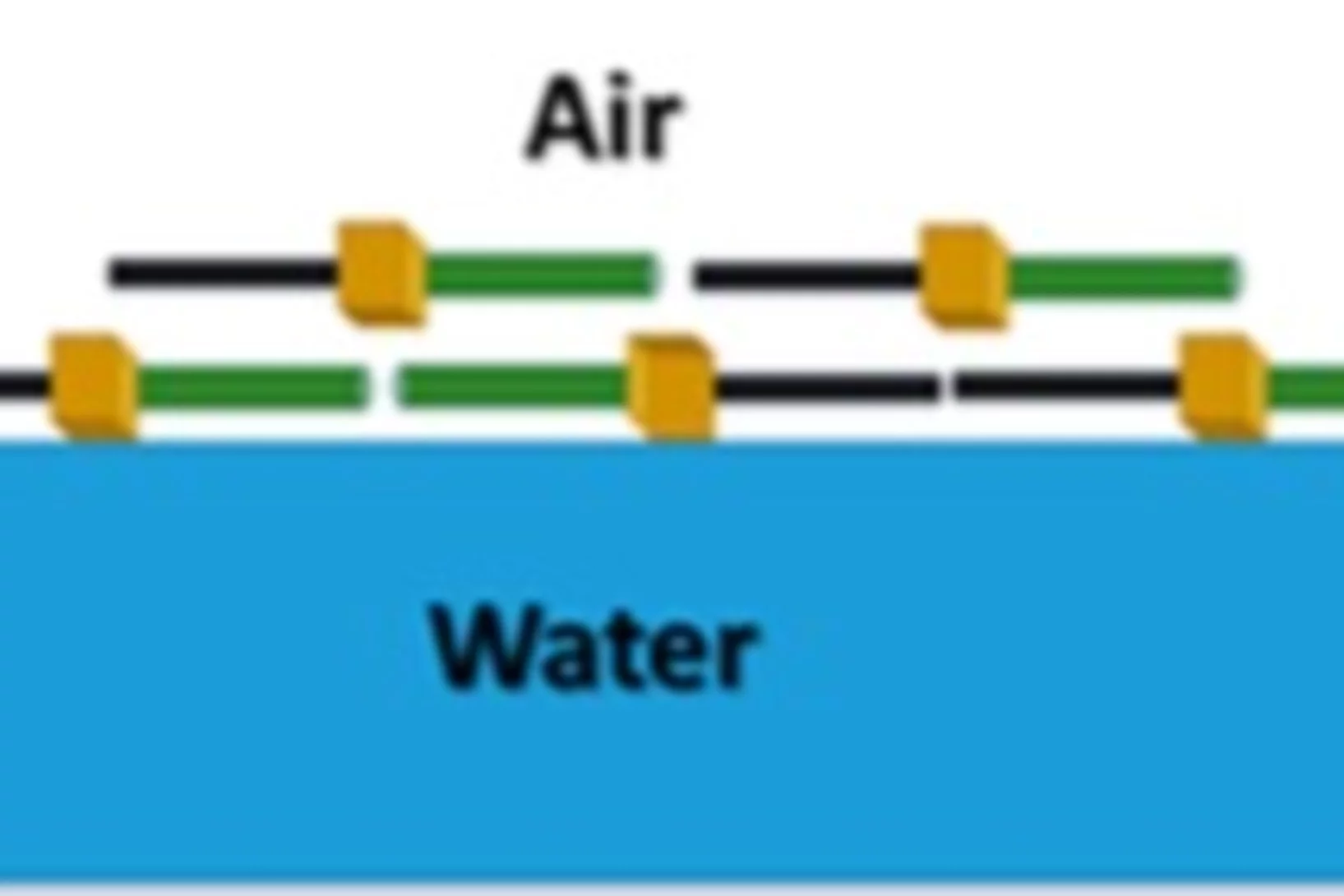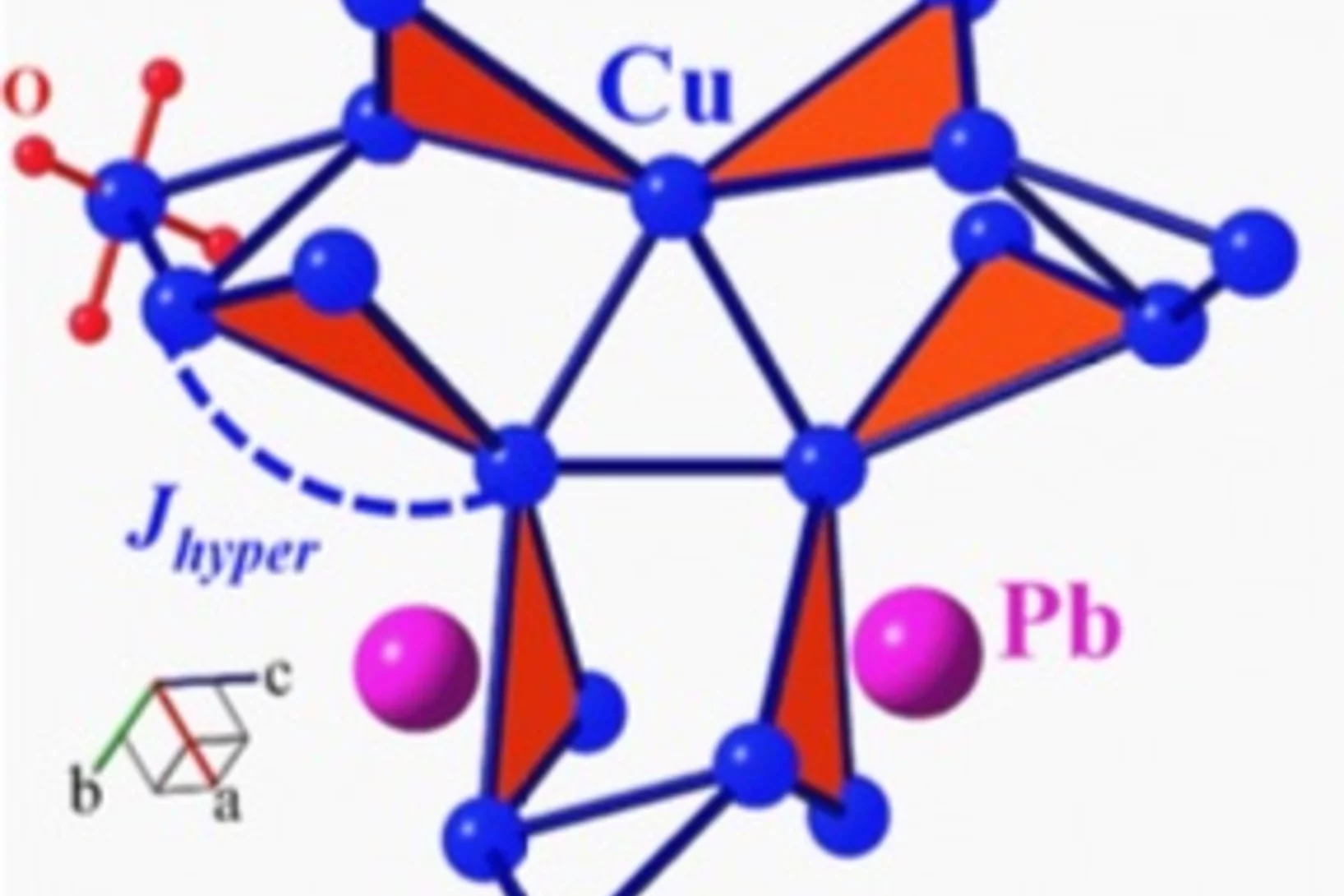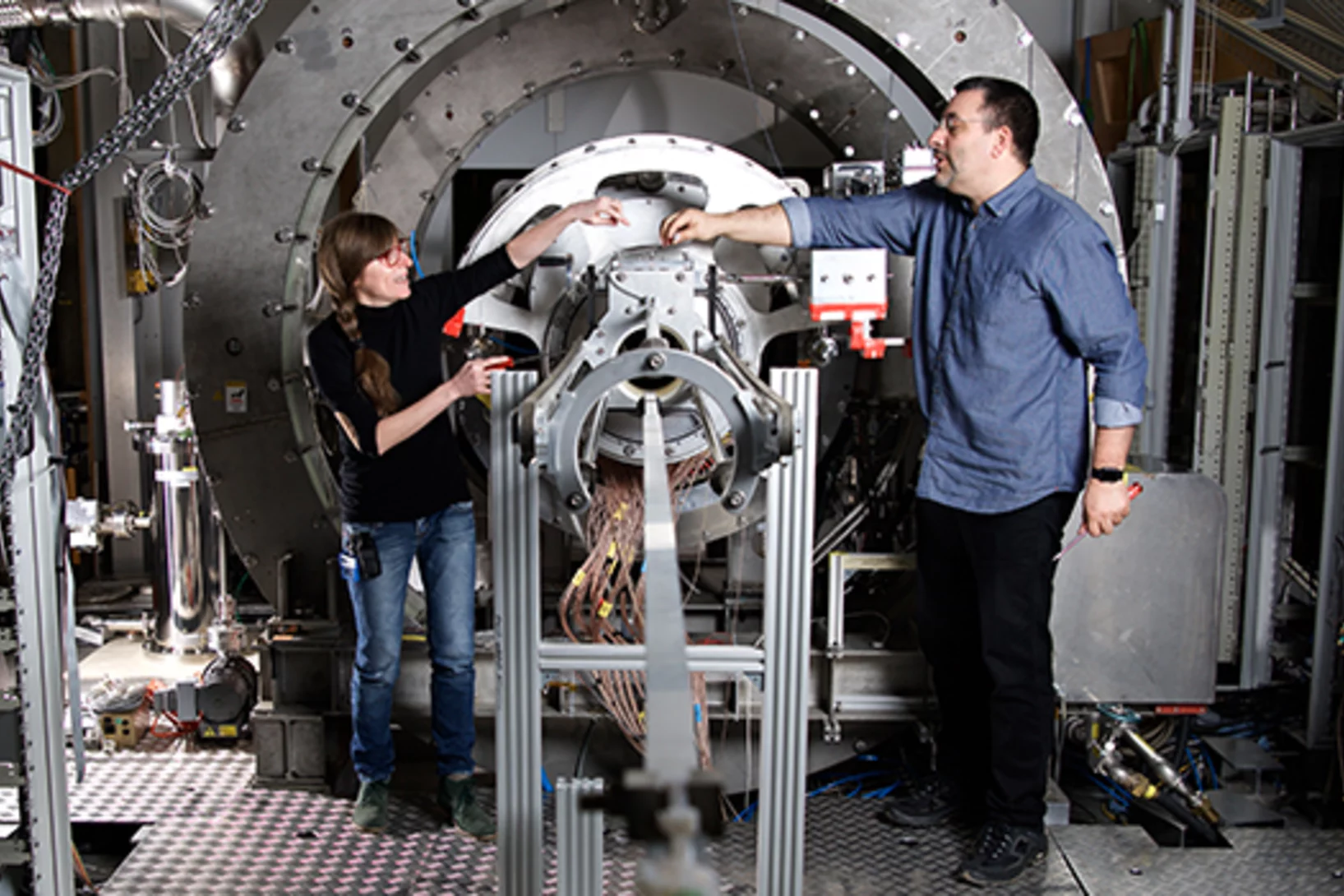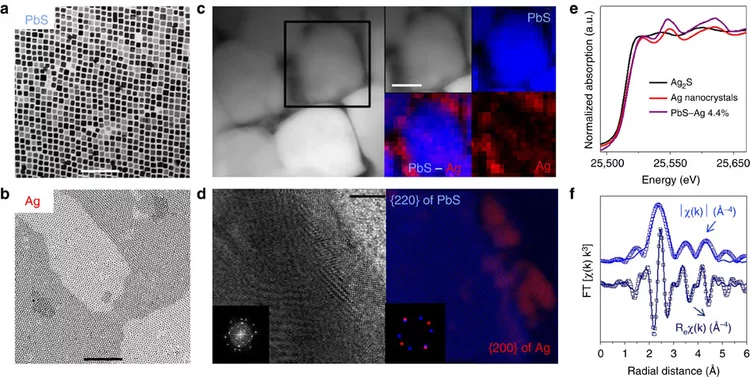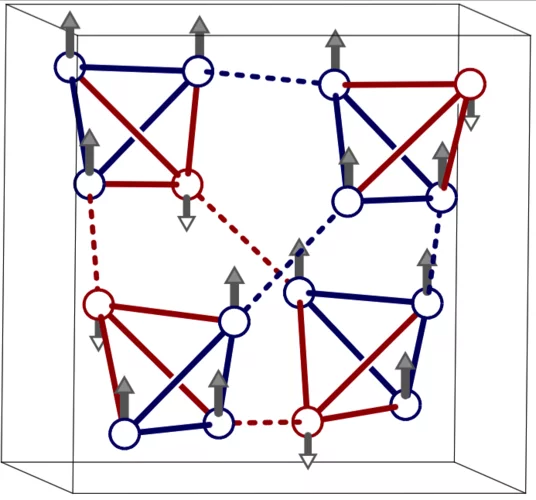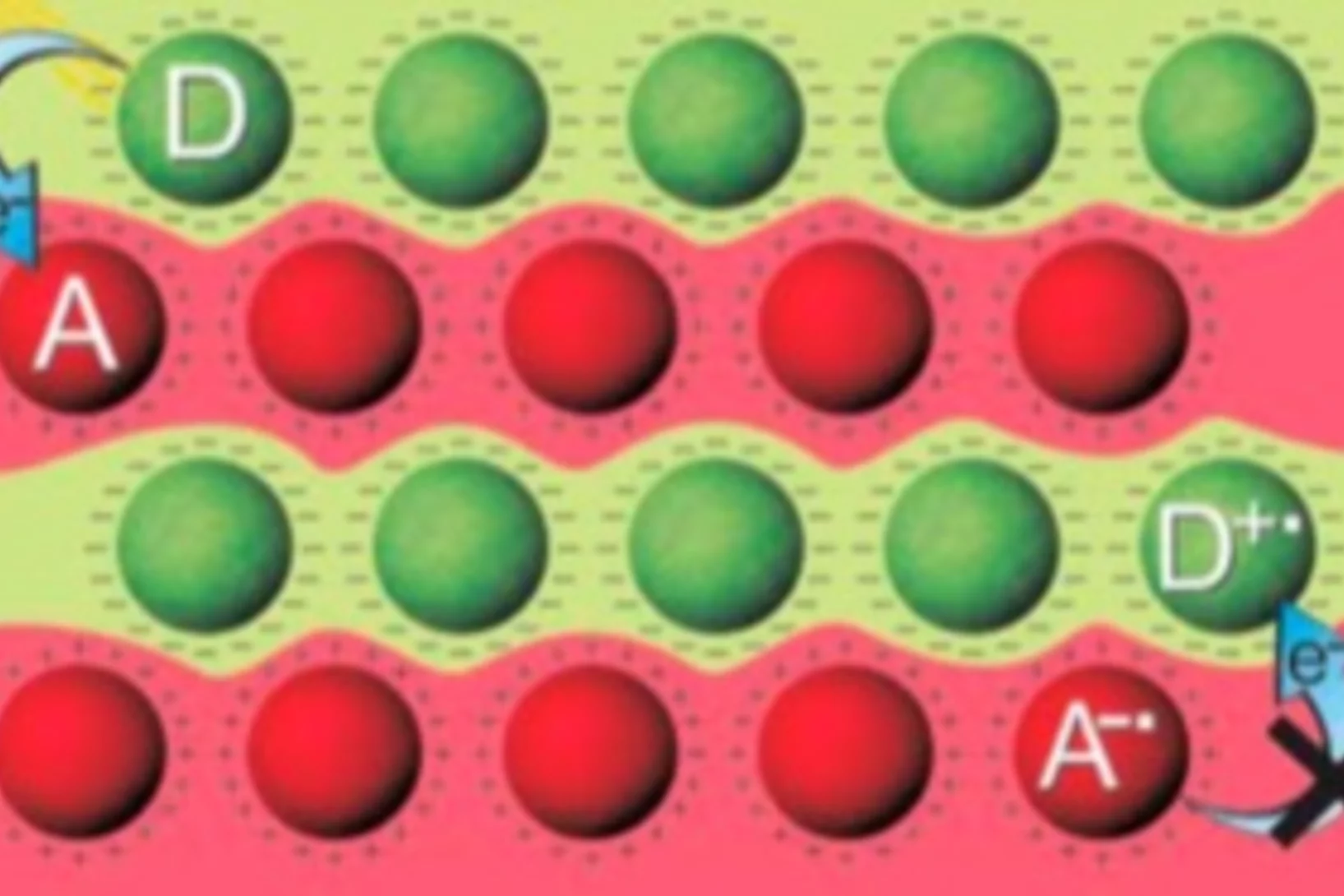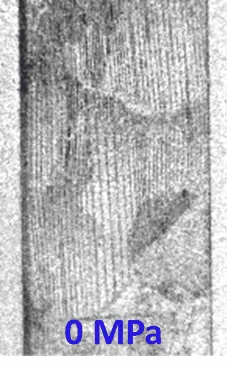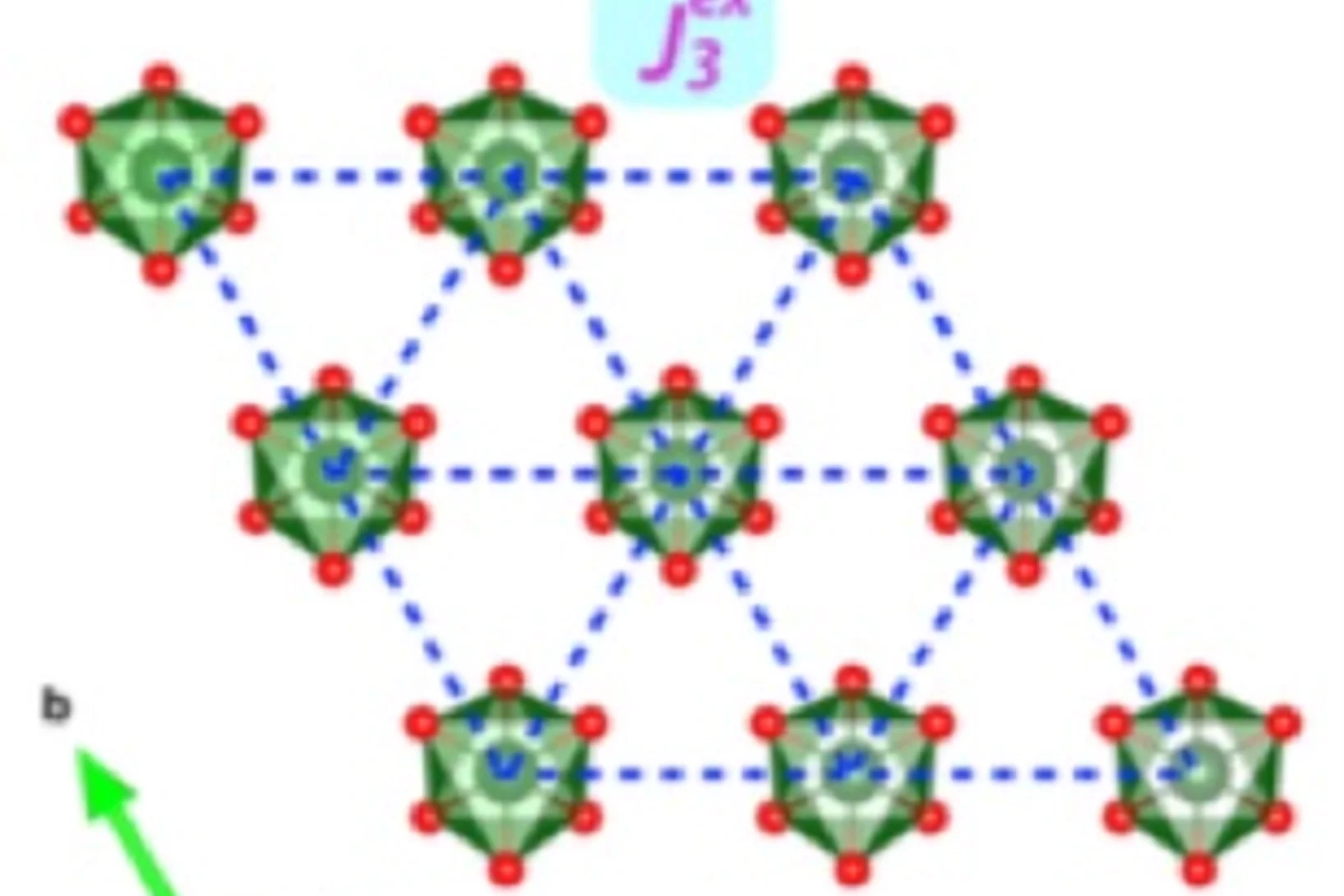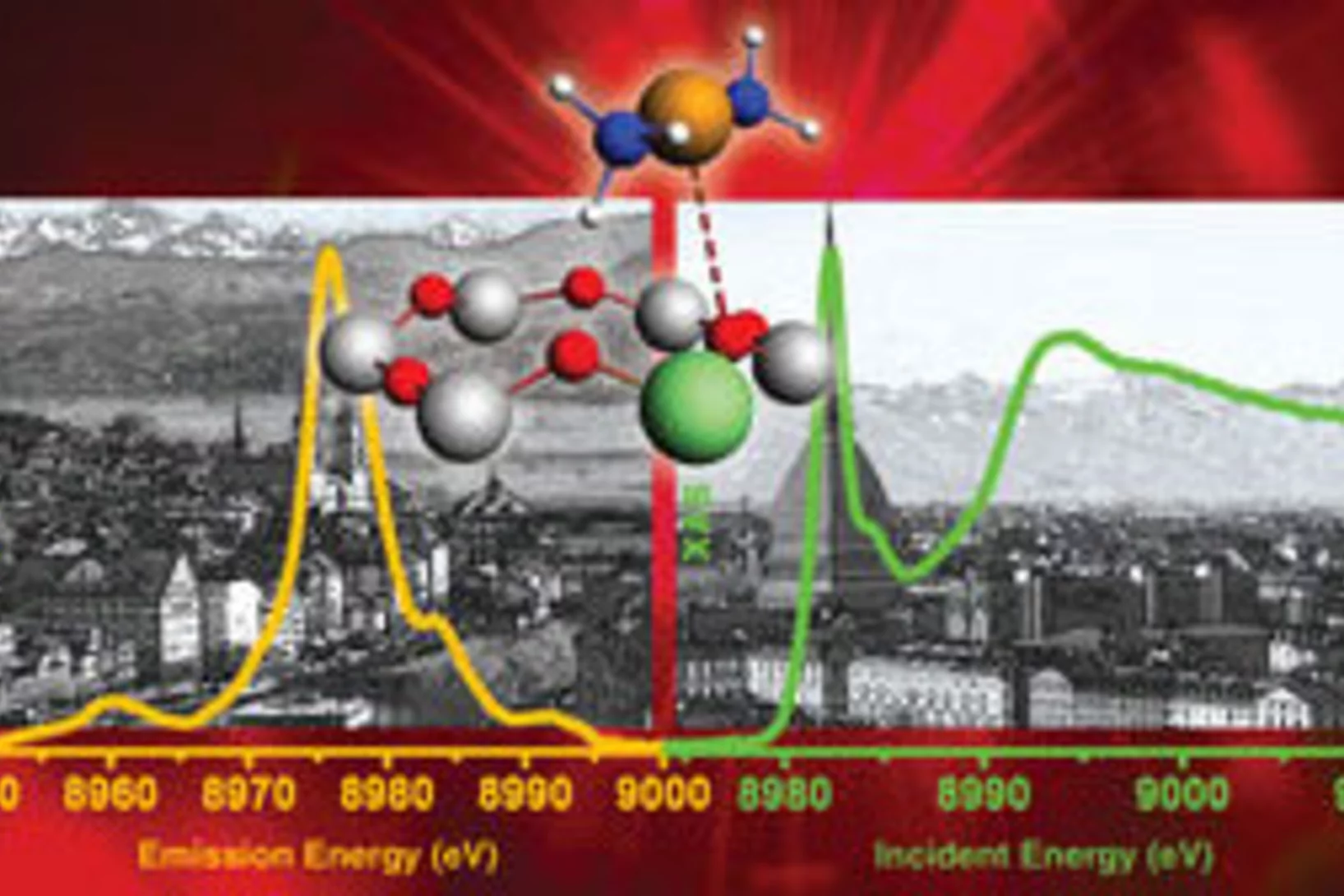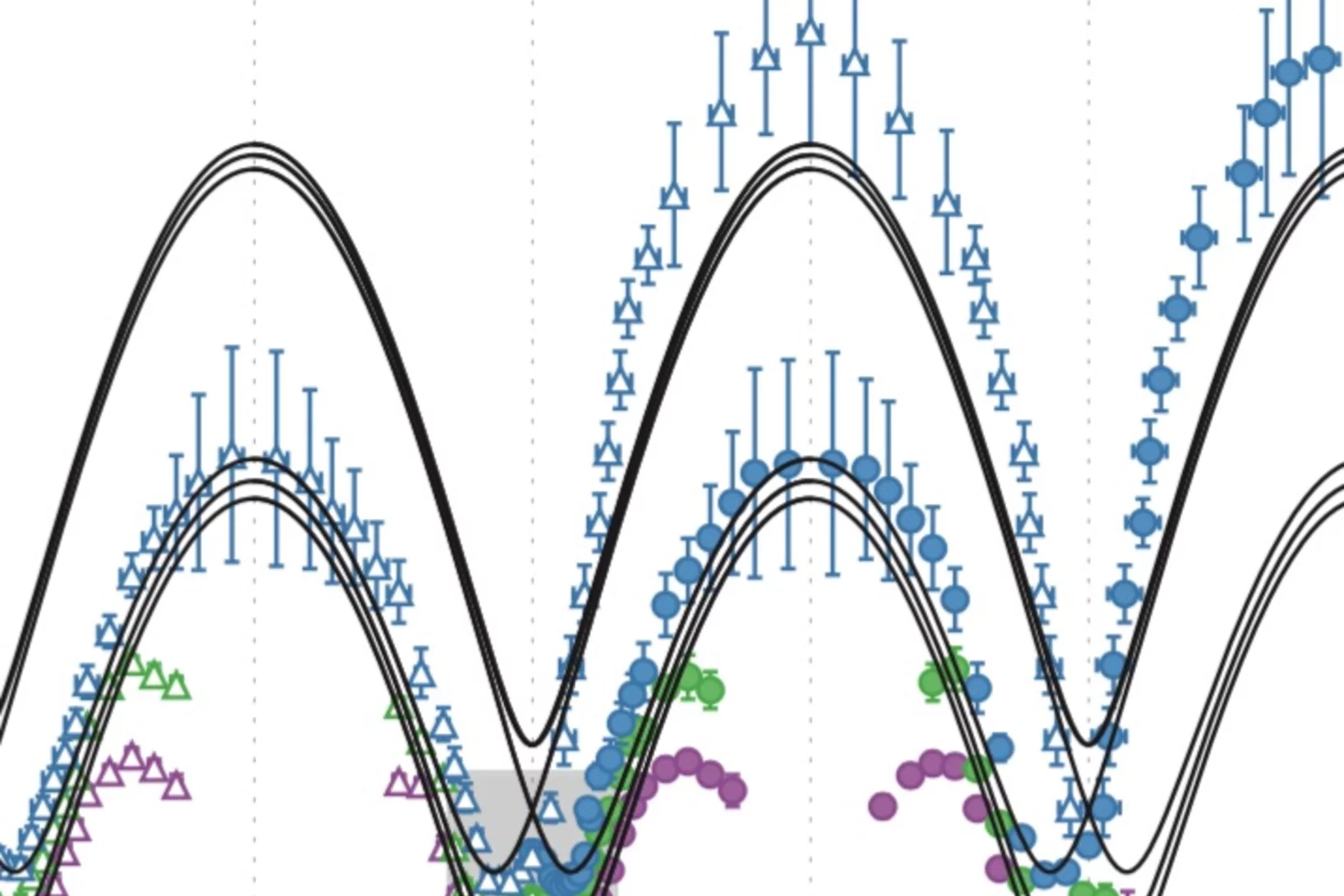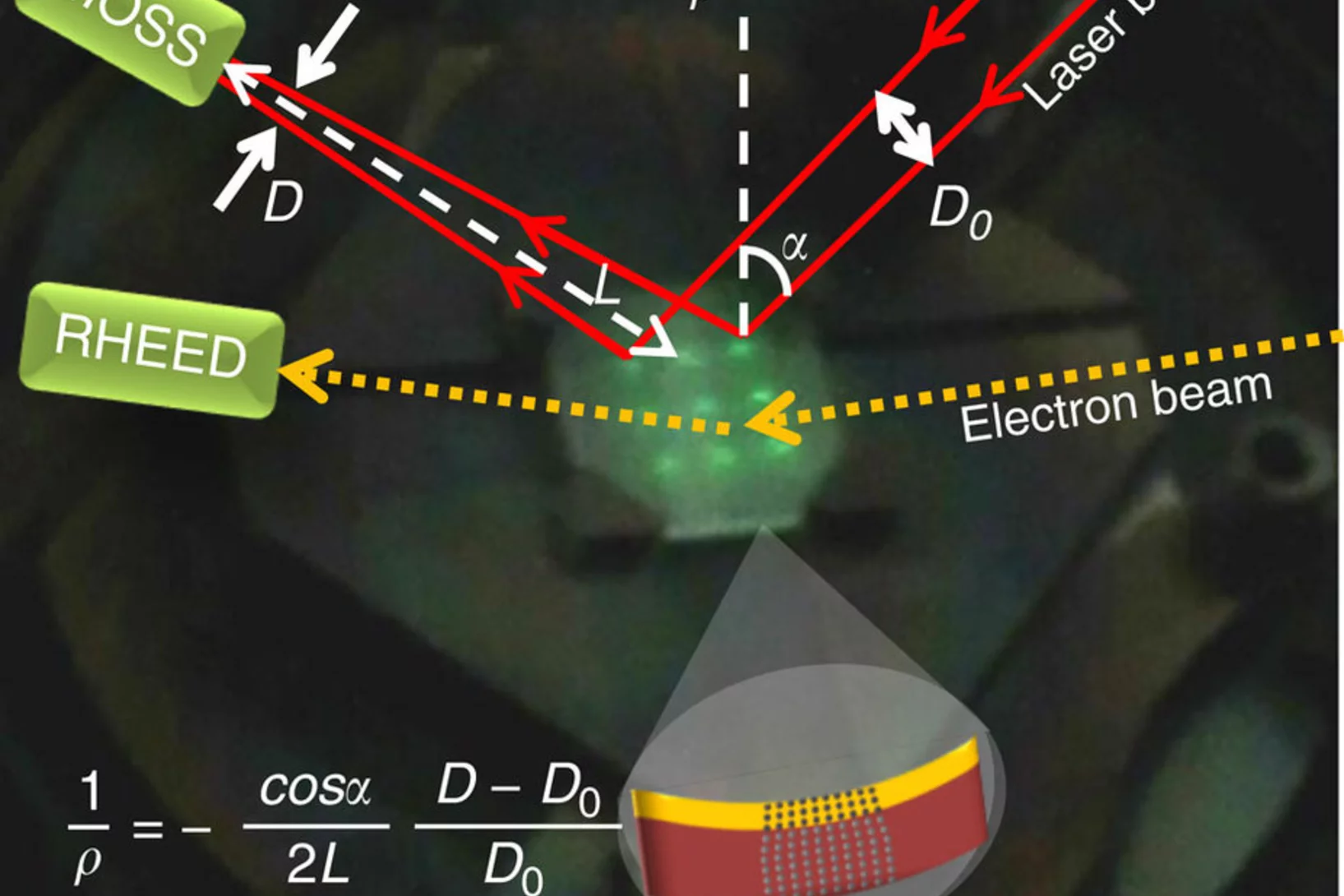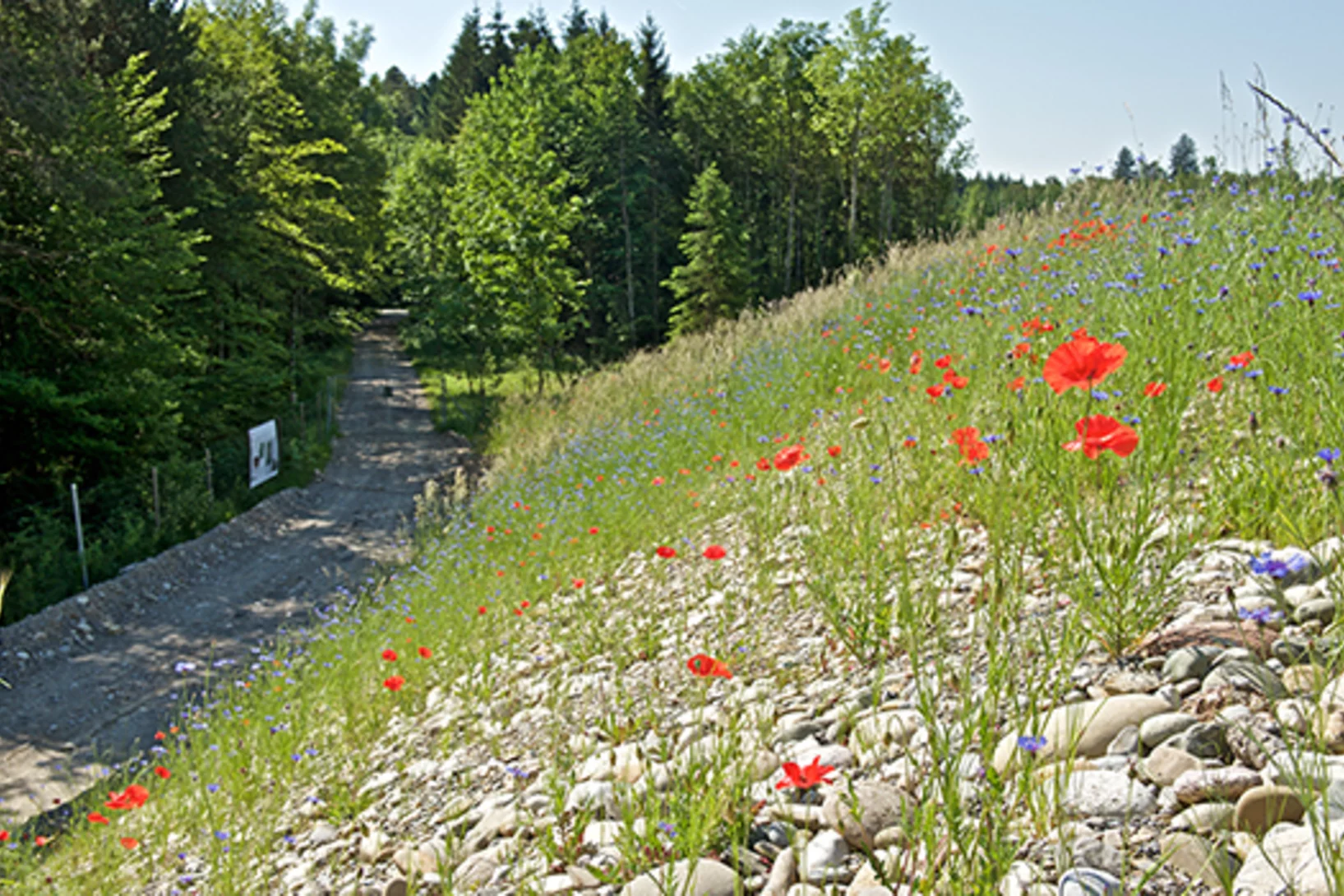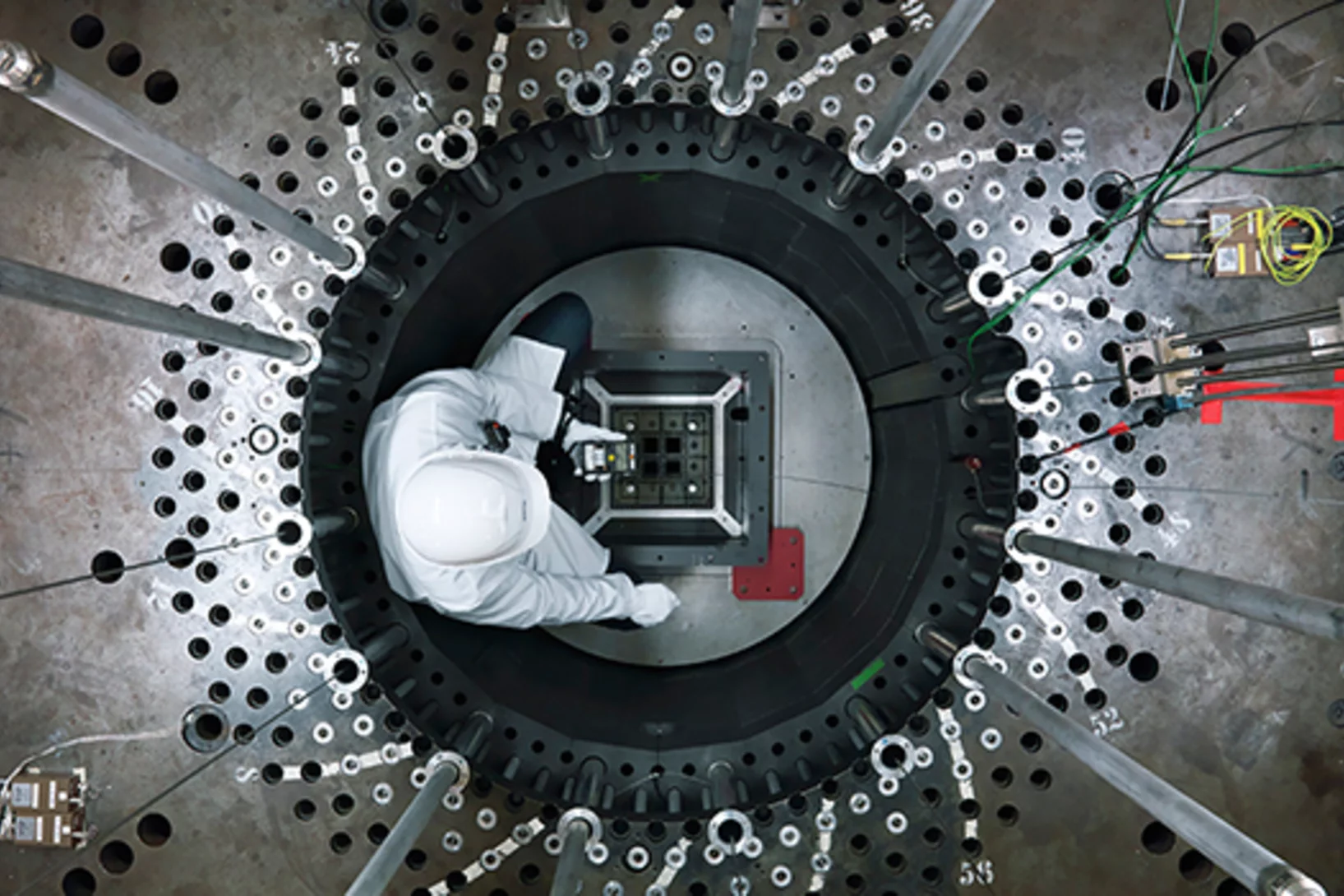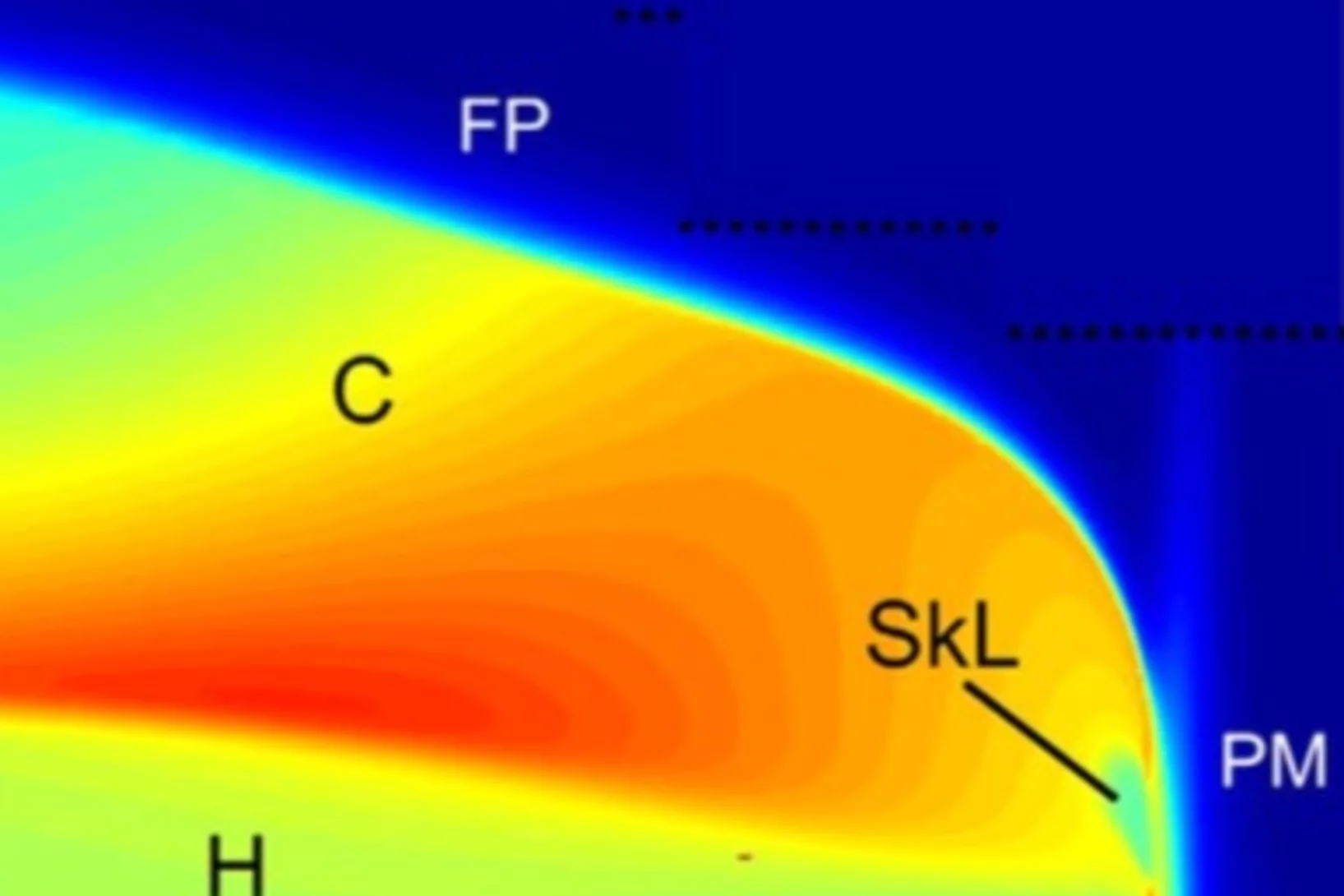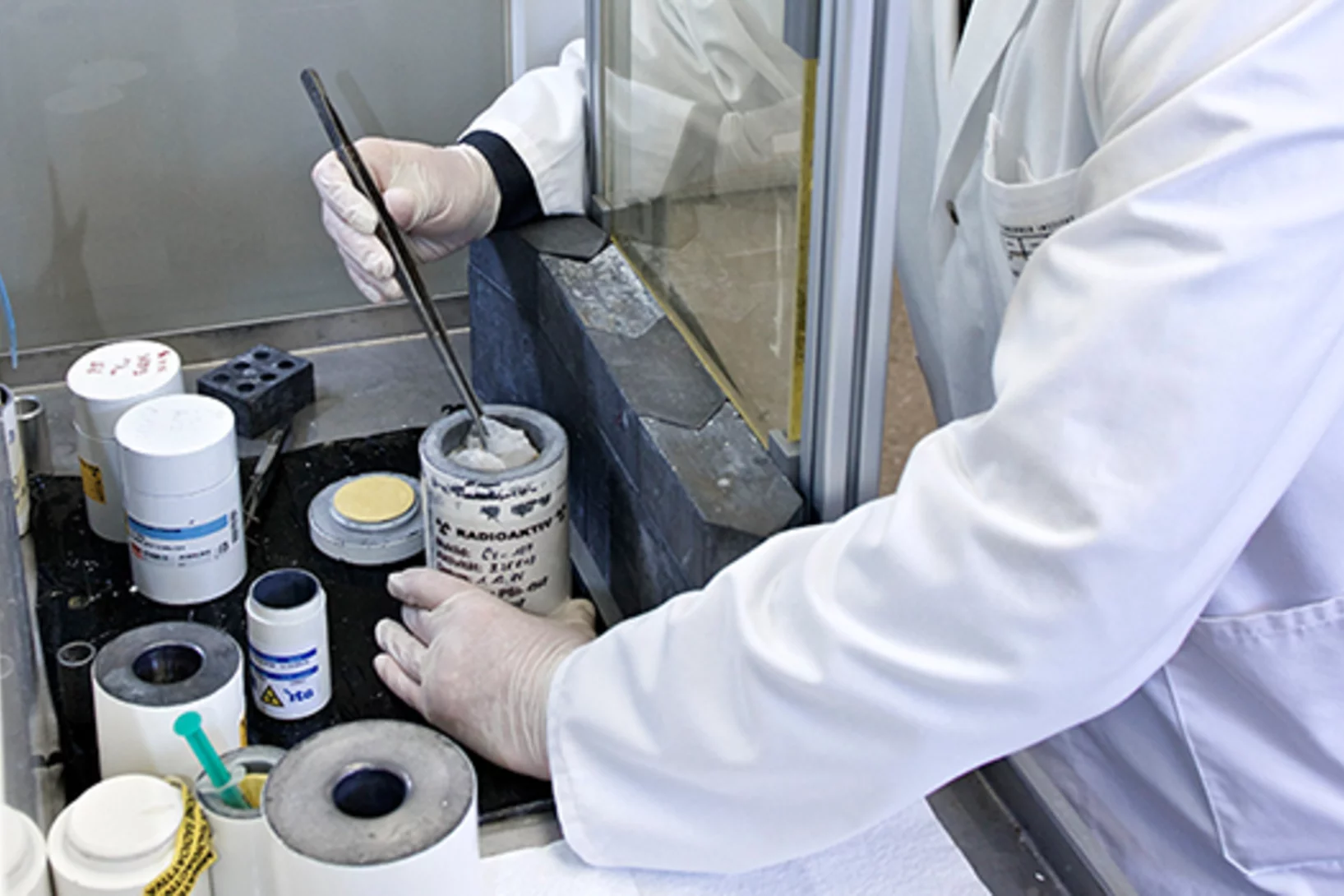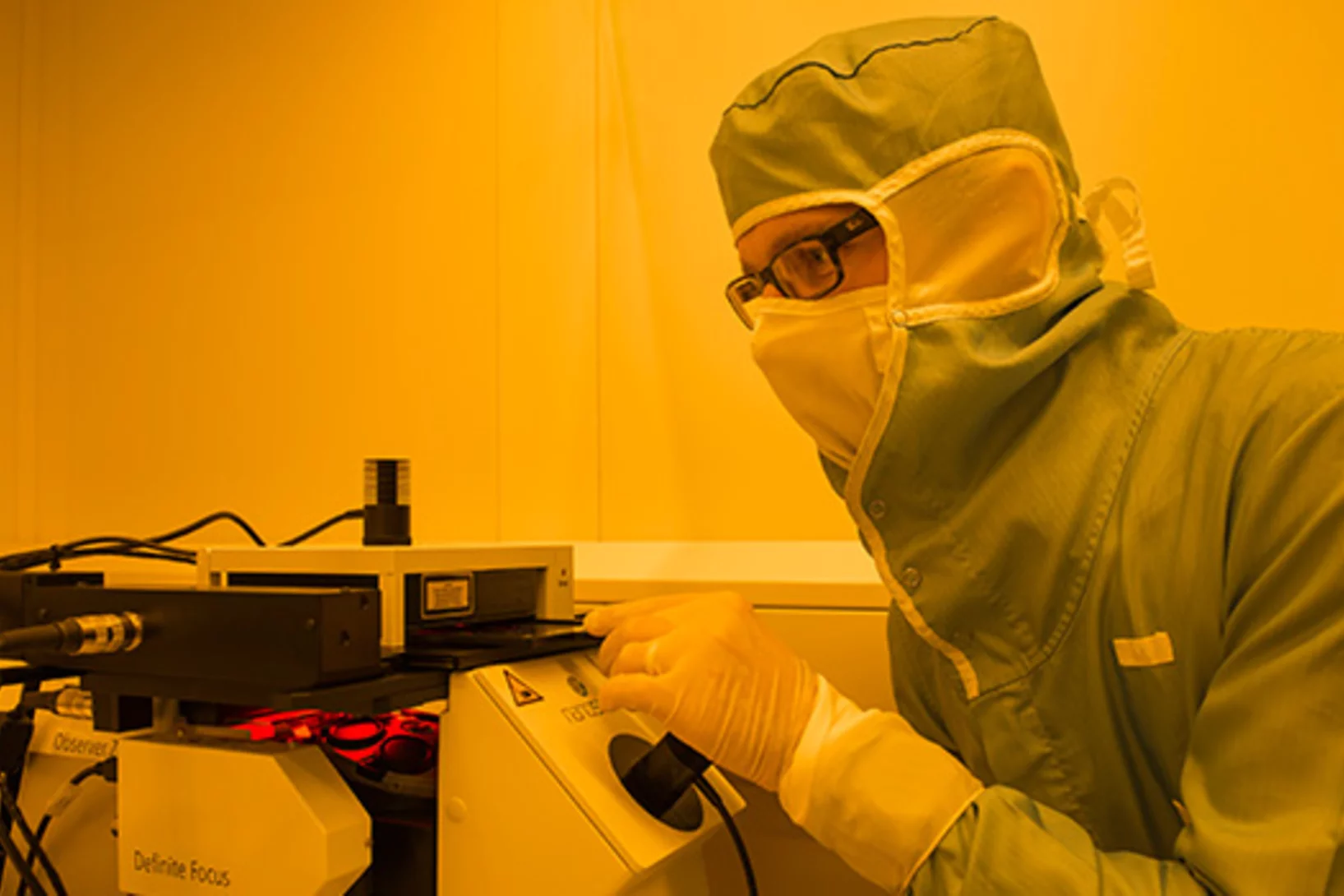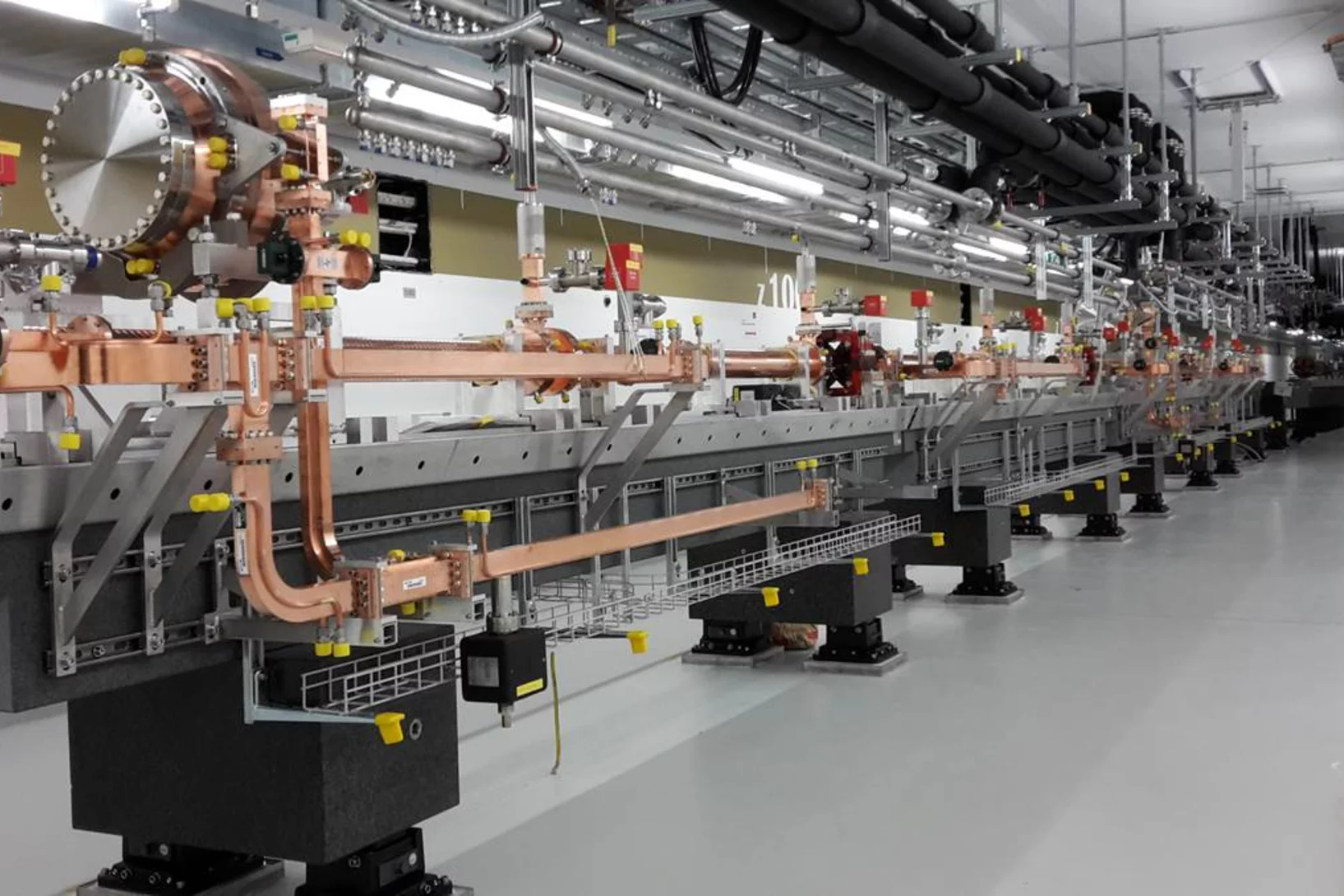Abkehr von der Kernenergie, Ausbau von Solar- und Windkraft, Energiegewinnung aus Biomasse, Senkung des Energieverbrauchs. Bis 2050 soll die Schweiz klimaneutral werden. Ein ehrgeiziges Ziel, welches durch die zunehmend herausfordernde geopolitische Lage dringlicher denn je geworden ist. Wie lässt sich in den nächsten Jahren eine nachhaltige und widerstandsfähige Energieversorgung für die Schweiz aufbauen? Wie können erneuerbare Energien optimal genutzt werden? Welche neuen Technologien sind besonders vielversprechend? Am PSI suchen Forschende nach Antworten auf diese entscheidenden Fragen.
Researchers find key to zinc rich plants to combat malnutrition
The diet in many developing countries is lacking zinc, but researchers have just solved the riddle of how to get more zinc into crop seeds. The discovery has been published in Nature Plants, and the research was led by University of Copenhagen.By Johanne Uhrenholt Kusnitzoff
Tailoring Novel Superconductivity
The Angle Resolved Photoemission Spectroscopy (ARPES) measurements performed on 2DEL at STO surface revealed that, at low carrier density, electrons are always accompanied by a quantized dynamic lattice deformation. Together with the electron, these phonon-cloud formed a new composite quasiparticle called Fröhlich polaron.
Hard X-ray Photon Single-Shot Spectrometer of SwissFEL successfully delivered and installed
Not a joke: on 1st of April 2016 the Photon Single-Shot Spectrometer (PSSS) got delivered fully assembled and installed already to the front end of SwissFEL. It will measure the photon spectral information in every single shot for the Aramis beamline not only for the users, but also as a direct feedback to the machine during formation of the lasing process.
Watching lithium move in battery materials
In order to understand limitations in current battery materials and systematically engineer better ones, it is helpful to be able to directly visualize the lithium dynamics in materials during battery charge and discharge. Researchers at ETH Zurich and Paul Scherrer Institute have demonstrated a way to do this.
Neues Teilchen könnte Grundlage energiesparender Elektronik bilden
Das erst im vergangenen Jahr entdeckte Weyl-Fermion bewegt sich in Materialien praktisch ohne Widerstand. Nun zeigen Forscher einen Weg, wie man es in elektronischen Bauteilen einsetzen könnte.
Observation of Weyl nodes and Fermi arcs in tantalum phosphide
A Weyl semimetal possesses spin-polarized band-crossings, called Weyl nodes, connected by topological surface arcs. The low-energy excitations near the crossing points behave the same as massless Weyl fermions, leading to exotic properties like chiral anomaly. To have the transport properties dominated by Weyl fermions, Weyl nodes need to locate nearly at the chemical potential and enclosed by pairs of individual Fermi surfaces with non-zero Fermi Chern numbers.
Towards hybrid pixel detectors for energy-dispersive or soft X-ray photon science
JUNGFRAU (adJUstiNg Gain detector FoR the SwissFEL Aramis User station) is a two dimensional hybrid pixel detector for photon science applications at free electron lasers and synchrotron light sources. The JUNGFRAU 0.4 prototype presented here is specifically geared towards low-noise performance and hence soft X-ray detection. With an extremely low noise of less than 30 electrons it enters a field formally reserved for SSD’s and CMOS imagers allowing single photon resolution down to a photon energy of 500eV.
Vom Higgs-Teilchen zu neuen Medikamenten
Ein vorbildliches Beispiel, wie Grundlagenforschung einen handfesten Beitrag zur Wirtschaft leistet, ist die Firma DECTRIS – ein 2006 gegründetes und inzwischen erfolgreiches Spin-off des Paul Scherrer Instituts. Die neueste Entwicklung von DECTRIS ist ein Detektor namens EIGER, der bei Röntgenstrahl-Messungen an grossen Forschungsanlagen eingesetzt wird. EIGER trägt dort unter anderem zur Erforschung neuer Medikamente bei.
Semifluorinated Alkanes at the Air–Water Interface: Tailoring Structure and Rheology at the Molecular Scale
Semifluorinated alkanes form monolayers with interesting properties at the air–water interface due to their pronounced amphi-solvophobic nature and the stiffness of the fluorocarbons. In the present work, using a combination of structural and dynamic probes, we investigated how small molecular changes can be used to control the properties of such an interface, in particular its organization, rheology, and reversibility during compression–expansion cycles.
PSI-Feriencamp 2016
Suchen Sie für Ihr Kind ein spannendes Angebot während den Sommerferien? Möchten Sie in ihm die Neugier und Begeisterung für naturwissenschaftlich-technische Themen wecken? Die Berufsbildung und das Komitee für Chancengleichheit führt dieses Jahr zum achten Mal das PSI-Feriencamp durch!
Spin Liquid State in the 3D Frustrated Antiferromagnet PbCuTe2O6: NMR and Muon Spin Relaxation Studies
PbCuTe2O6 is a rare example of a spin liquid candidate featuring a three-dimensional magnetic lattice. Strong geometric frustration arises from the dominant antiferromagnetic interaction that generates a hyperkagome network of Cu2+ ions although additional interactions enhance the magnetic lattice connectivity.
Fünfhunderttausend Mal unwahrscheinlicher als ein Lottogewinn
Seltenheit eines Teilchenzerfalls vermessenIm sogenannten MEG-Experiment am PSI suchen Forschende nach einem extrem unwahrscheinlichen Zerfallspfad bestimmter Elementarteilchen namens Myonen. Genauer gesagt beziffern sie eben diese Unwahrscheinlichkeit. Ihre neueste Zahl lautet: Dieser Zerfall geschieht in weniger als 1 zu 2,4 Billionen der Fälle. Mithilfe dieses Ergebnisses können theoretische Physiker aussortieren, welche ihrer Ansätze zur Beschreibung des Universums der Realität standhalten.
High-performance thermoelectric nanocomposites from nanocrystal building blocks
Using an assembly of colloidal nanocrystals a Ag-PbS nanocomposite was produced with increased thermoelectic figures of merit up to 1.7K at 850 K. EXAFS spectroscopy at the Ag K-edge was essential to show that Ag does not dissolve in PbS nanoparticles but preserved the individual nanodomains. This reduces the PbS intergrain energy barriers for charge transport
Spin excitations in copper selenate, a skyrmion host material
Inelastic neutron scattering measurements performed at EIGER and TASP have mapped the magnetic excitation spectrum along high-symmetry directions of the first Brillouin zone for the magnetic skyrmion host copper selenate, Cu2OSeO3. Most of the observed spectrum is consistent with a recently proposed model for the magnetic excitations in Cu2OSeO3, for which a new set of best-fit dominant exchange parameters has been found.
Spin excitations in copper selenate, a skyrmion host material
G.S. Tucker et al., Physical Review B 93, 054401 (2016). Inelastic neutron scattering measurements performed at EIGER and TASP have mapped the magnetic excitation spectrum along high-symmetry directions of the first Brillouin zone for the magnetic skyrmion host copper selenate, Cu2OSeO3.
Giant Controllable Magnetization Changes Induced by Structural Phase Transitions in a Metamagnetic Artificial Multiferroic
The realization of a controllable metamagnetic transition from AFM to FM ordering would open the door to a plethora of new spintronics based devices that, rather than reorienting spins in a ferromagnet, harness direct control of a materials intrinsic magnetic ordering. In this study FeRh films with drastically reduced transition temperatures and a large magneto-thermal hysteresis were produced for magnetocaloric and spintronics applications.
Stratified Micellar Multilayers - Toward Nanostructured Photoreactors
Polyelectrolyte multilayers (PEMs) with stratification of the internal structure were assembled from statistical amphiphilic copolyelectrolytes of opposite charges. These polyelectrolytes organize in aqueous solutions into micellar structures with fluoroalkyl and aromatic nanodomains, respectively, that were also preserved after deposition as thin films via layer-by-layer (LbL) electrostatic self-assembly.
In-situ visualization of stress-dependent bulk magnetic domain formation by neutron grating interferometry
The efficiency of industrial transformers is directly influenced by the magnetic properties of high-permeability steel laminations (HPSLs). These laminations are coated by insulating layers, to reduce eddy-current losses in the transformer core. In addition, the coating induces favorable inter-granular tensile stresses that significantly influence the underlying magnetic domain structure.
Origin of the Spin-Orbital Liquid State in a Nearly J=0 Iridate Ba3ZnIr2O9
We show using detailed magnetic and thermodynamic studies and theoretical calculations that the ground state of Ba3ZnIr2O9 is a realization of a novel spin-orbital liquid state. Our results reveal that Ba3ZnIr2O9 with Ir5+ (5d4) ions and strong spin-orbit coupling (SOC) arrives very close to the elusive J 1⁄4 0 state but each Ir ion still possesses a weak moment.
Medikamente punktgenau hergestellt
Am PSI entwickeln Wissenschaftler neue Wirkstoffe gegen Krebs. Diese enthalten radioaktive Substanzen, die dem Patienten gespritzt werden und somit bis zum Tumor vordringen können. Dort soll ihre Strahlung die Krebszellen im direkten Kontakt zerstören. Doch ehe ein solches radioaktives Arzneimittel in ersten klinischen Studien am Patienten getestet werden kann, muss seine Sicherheit garantiert sein, damit der Patient keinen Schaden nimmt. Deshalb wird am PSI jeder Wirkstoff unter sterilen Bedingungen hergestellt und überprüft – für jeden Patienten separat und nur auf Bestellung.
Textbook on XAS and XES
During the last two decades, remarkable and often spectacular progress has been made in the methodological and instrumental aspects of x–ray absorption and emission spectroscopy. This progress includes considerable technological improvements in the design and production of detectors especially with the development and expansion of large-scale synchrotron reactors All this has resulted in improved analytical performance and new applications, as well as in the perspective of a dramatic enhancement in the potential of x–ray based analysis techniques for the near future.
Quasiparticle-continuum level repulsion in a quantum magnet
When the energy eigenvalues of two coupled quantum states approach each other in a certain parameter space, their energy levels repel each other and level crossing is avoided. Such level repulsion, or avoided level crossing, is commonly used to describe the dispersion relation of quasiparticles in solids.
Transport von aufgelösten Plutoniumlager des Bundes in die USA ist erfolgt
Im Januar und Februar 2016 wurden unter strengen Sicherheitsvorkehrungen rund 20kg Plutonium im Eigentum des Bundes in die USA transportiert. Es handelt sich dabei um Material, das seit den 1960er Jahren auf dem Areal des heutigen Paul Scherrer Instituts (PSI) gelagert worden war. Das Plutonium stammte aus wiederaufbereiteten Brennstäben des von 1960 bis 1977 betriebenen Forschungsreaktors Diorit. Der Bundesrat beschloss 2014 im Rahmen des Nuclear Security Summit-Prozesses, das Plutoniumlager aufzulösen und damit zur weltweiten Sicherung von Nuklearmaterial beizutragen.
In situ stress observation in oxide films and how tensile stress influences oxygen ion conduction
Many properties of materials can be changed by varying the interatomic distances in the crystal lattice by applying stress. Ideal model systems for investigations are heteroepitaxial thin films where lattice distortions can be induced by the crystallographic mismatch with the substrate. Here we describe an in situ simultaneous diagnostic of growth mode and stress during pulsed laser deposition of oxide thin films.
Kooperation mit der Natur
Mit dem SwissFEL entsteht eine neue Landschaft
Kaum gebaut war das Gebäude des Freie-Elektronen-Röntgenlasers SwissFEL schon wieder unter einem Erdwall verschwunden. Seitdem wird auf und im Umfeld der neuen Grossforschungsanlage des PSI gepflanzt und gestaltet. Denn ihre besondere Lage im Wald erfordert eine umgebungsgerechte Einbettung. So ist der SwissFEL von aussen nahezu unsichtbar. Neuer Lebensraum für seltene Tiere und Pflanzen entsteht.
Stilllegung des Forschungsreaktors Proteus
Start der öffentlichen Auflage für eine Stilllegung der Kernanlage Proteus am Paul Scherrer Institut PSIDie Kernanlage Proteus ist ein sogenannter Nullleistungsreaktor. Die thermische Leistung des Reaktors war im Betrieb auf maximal 1 kW begrenzt. Das heisst, es handelt sich um einen Versuchsreaktor, der bei so niedriger Leistung betrieben wurde, dass ein Kühlmittel nicht erforderlich war. Proteus ging 1968 in Betrieb. Das PSI möchte die Anlage stilllegen. Das Stilllegungsprojekt wird ab heute in den gesetzlich vorgeschriebenen, amtlichen Publikationsorganen öffentlich bekannt gemacht.
Dramatic pressure-driven enhancement of bulk skyrmion stability
The recent discovery of magnetic skyrmion lattices initiated a surge of interest in the scientic community. Several novel phenomena have been shown to emerge from the interaction of conducting electrons with the skyrmion lattice, such as a topological Hall-effect and a spin-transfer torque at ultra-low current densities.
Entwicklung eines neuen Medikaments gegen Schilddrüsenkrebs
Forschende am Paul Scherrer Institut PSI haben einen Wirkstoff entwickelt, mit dem sich eine besonders bösartige Form von Schilddrüsenkrebs besser finden und behandeln lässt. Ein Vorteil des neuen Wirkstoffs ist, dass sich mit ihm eine Form von Schilddrüsenkrebs behandeln lässt, bei der die sonst etablierte Therapie nicht wirkt. Die Forschenden am PSI haben das neue Mittel so weit entwickelt, dass eine erste Studie an Krebspatienten am Universitätsspital Basel starten kann.
Massstabsgetreues Mikro-Matterhorn
Forschende des Paul Scherrer Instituts haben in grosser Zahl detaillierte Modelle des Matterhorns erzeugt, die jeweils weniger als ein Zehntel eines Millimeters gross sind. Damit führen sie vor, wie so feine 3-D-Objekte in Serie hergestellt werden könnten. Materialien, deren Oberfläche mit einem Muster aus solchen winzigen 3-D-Strukturen versehen ist, haben oft besondere Eigenschaften, die beispielsweise helfen könnten, den Verschleiss von Maschinenbauteilen zu reduzieren.
Installation progress of the SwissFEL Linac
The installation of the linear accelerator (Linac) progresses very well. This week, the last girder of the so-called “Linac 1” was installed in the SwissFEL tunnel. The entire C-band accelerator consists out of Linac 1, Linac 2, and Linac 3, and a total amount of 104 accelerating structures. Meanwhile, 38 accelerating structures are installed in the SwissFEL tunnel. The assembly work on the remaining Linac modules will take place until end of September of this year. By then it is planned to finish the installation of all Linac modules in the SwissFEL tunnel.


